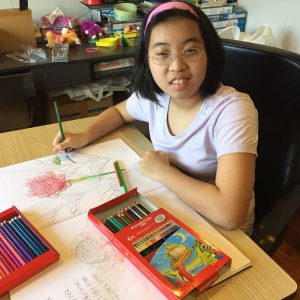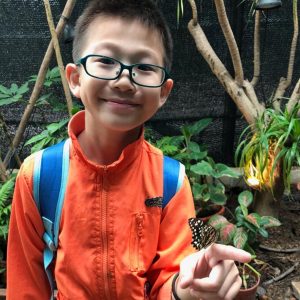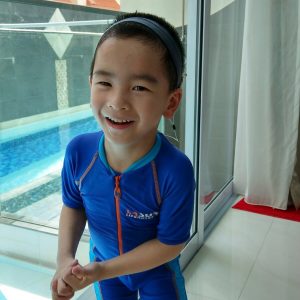Services
- Autism
- Attention Deficit
Hyperactivity
Disorder (ADHD)/
Dyslexia - Learning Disorders
- Specific Language
Impairment (SLI) - Hearing Loss/
Hearing Impairment - Group Sessions for Social Interaction and Classroom Interactions
- Home Visits
- School Visits
- Parent Training/
Shadow Support
Training/
Teacher Training/
Lecturing
School visits are opportunities to find out a lot of information about how the child is doing in his classroom and school environment.
They can also provide information and ideas on how the parents, the therapist and the school teachers and staff can work together as a team for the benefit of the child.
School visits look into the following areas:-
School environment
The school environment and the school learning environment are important to any child.
These will include the:-
- Main entrance and/or gate
- Outdoor areas
- Outdoor play areas (if any)
- Children reception area
- School office
- Classrooms
- Demarcation of classrooms
- Furniture
- Classroom furniture
- Display items
- Display of children’s art work and school work
- Teaching materials
- Teaching books
- Children’s books
- Children’s toys
- School Personnel
SCHOOL TEACHERS AND PERSONNEL
To understand how the child gets through his day in school, it is important to know who the child gets to interact with. Human dynamics at school is the basis of schooling.
These may include:-
- The school principal
- The school supervisor/s
- The teachers
- The teacher for second languages such as Chinese, Malay, French, German and others
- Teacher assistants who assist in the classrooms
- School kitchen staff
- School canteen staff
- School cleaning staff
- The child’s schoolmates
- The child’s classmates
Each of these individuals may interact with the child at any given point in time during the child’s day in school.
For example, during breakfast, lunch and snack breaks, the school kitchen staff or canteen staff may have to assist the child whose eating behaviours may be different from that of a typical child. The school cleaning staff may be aware and may be needed to handle the child’s high interest in the water in the bathrooms.
School Curriculum
Some of the things we would want to know about the school curriculum includes the following:-
- How is the curriculum spread out during the day, the week, the term and throughout the year?
- How is this delivered to the children in the classroom, what materials are used in the delivery of this curriculum?
- Can the curriculum be adapted for the child?
- How much can the child benefit from the curriculum? Should the child not be able to cope with the curriculum, are there ways to address this?
School Visit Plan
Typically, school visits are planned as such:-
- Ideally, the visit should be conducted during curriculum time.
- For preschools, this could also be during morning circle time.
- For primary school, this could be during part of recess time and curriculum time.
- First 20 to 40 minutes will be a classroom and/or meal time or canteen observation. During this time, the therapist will sit at the corner in the classroom or canteen to observe the child in his class or canteen environment. How the child engages and learns from his teacher/s and amongst his classmates are important in establishing his/her learning style, learning challenges and learning preferences.
- The therapist may identify children who may be potential buddy/buddies to the child.
- The therapist may identify materials in the classroom which the child find highly attractive or the child may not be interested in.
- The second part of the school visit will be a meeting between the therapist, the parents and the classroom teachers or class form teachers. The school principal, second language teachers, school allied educators, and other members of the school may be invited if the school and the parents find their input valuable and necessary. The meeting will be to discuss:
- Observations made
- The challenges the child typically faces during the curriculum time and other times during school hours
- How these challenges are addressed by the teachers and school staff
- Alternative ways of handling these challenges
- How the child is coping with the curriculum
- Areas of the curriculum which the child finds challenging
- How we can help the child in the school, and outside school, in coping with these challenges in the curriculum
- How we can work on these challenges in the therapy sessions at Language Loft
- Creating educational, behavioural, social skills development goals and motor development goals that we can achieve as a team
- Identifying children in the same class who may be grouped or buddied with the child so as to encourage group interaction.
- Identify areas of teaching challenges and brainstorm ideas on how these may be overcome.
- Explore alternative school environments if the current school is not a suitable one for the child. Identifying the school factors which may be more ideal for the development of the child.
School visits might be able to help assess how the child is doing, the challenges he is facing and how these can be overcome. We want to know what works and what do not in the current school set up. If need be, we can discuss, as a team, about what further steps we can take to have the child achieve as much success as possible in a school environment.





